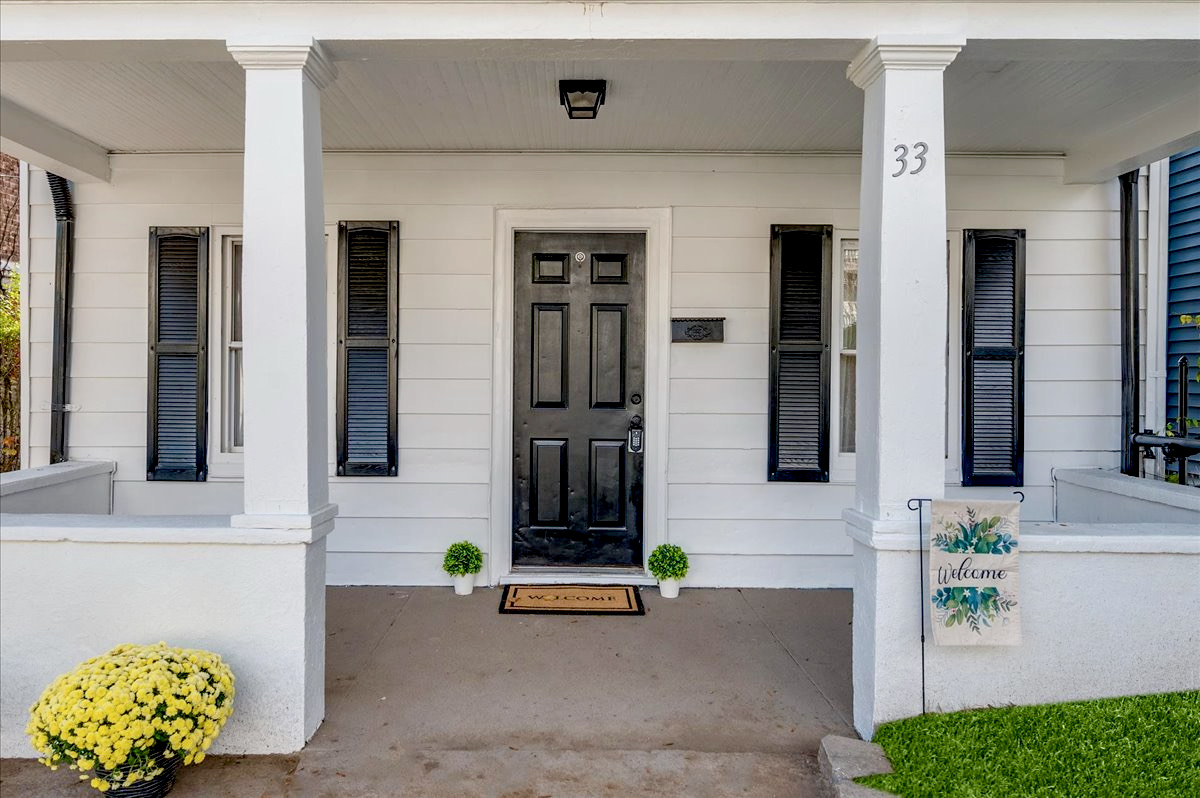Many homeowners are probably not aware of the difference between two types of home insurance. Home insurance is designed to reimburse you for losses caused by a covered peril. Depending on the kind of claim you file, your insurer will determine the cost of replacing or repairing your belongings or dwelling by looking at actual cash value or replacement cost value. Claims related to the physical structure of your home typically are settled on a replacement cost basis. Personal property claims may use either Actual Cash Value or Replacement Cost Value, depending on how your policy is written.
What Is Actual Cash Value Coverage?
Actual cash value coverage factors in depreciation and normal wear and tear when settling claims. It usually applies to the personal property portion of your homeowners policy. For instance, if you bought a new flatscreen TV for $2,000 five years ago that was recently ruined in a house fire, it’s unlikely you’ll be reimbursed for the full cost of the TV. If that claim is approved, you will receive only the current estimated value, which will be a fraction of the original amount you paid, minus any deductible.
Reimbursement also depends on your policy’s coverage limits and deductible amounts. For instance, if your TV is valued at $900 and your deductible is $500, your insurer will only reimburse you $400 for the damaged TV. Similarly, if your roof is damaged and the Actual Cash Value is $15,000 but your policy limit is $10,000, your insurer will only reimburse you for costs up to $10,000. You’ll be responsible for paying the remaining expenses out of pocket. Because Actual Cash Value policies often provide less coverage than their Replacement Cost counterparts, they are typically the cost is cheaper option.
What Is Replacement Cost Value Coverage?
Unlike actual cash value coverage, replacement cost value does not take depreciation or wear and tear into consideration. Instead, it reimburses you based on how much it would cost to replace, repair, or rebuild your property at today’s prices.
As with Actual Cost Value, your policy’s coverage limits and deductibles will apply. For example, your home was destroyed in a fire and your policy includes $300,000 in replacement cost value coverage. If the cost to rebuild is $290,000, your insurer will reimburse you for the full cost to rebuild your home, minus your deductible. If the total cost to rebuild is $350,000, you will have to pay the additional $50,000, plus any deductibles, out of pocket.
Not a bad idea to check with your insurance company for peace of mind as to what type of home insurance you have.
